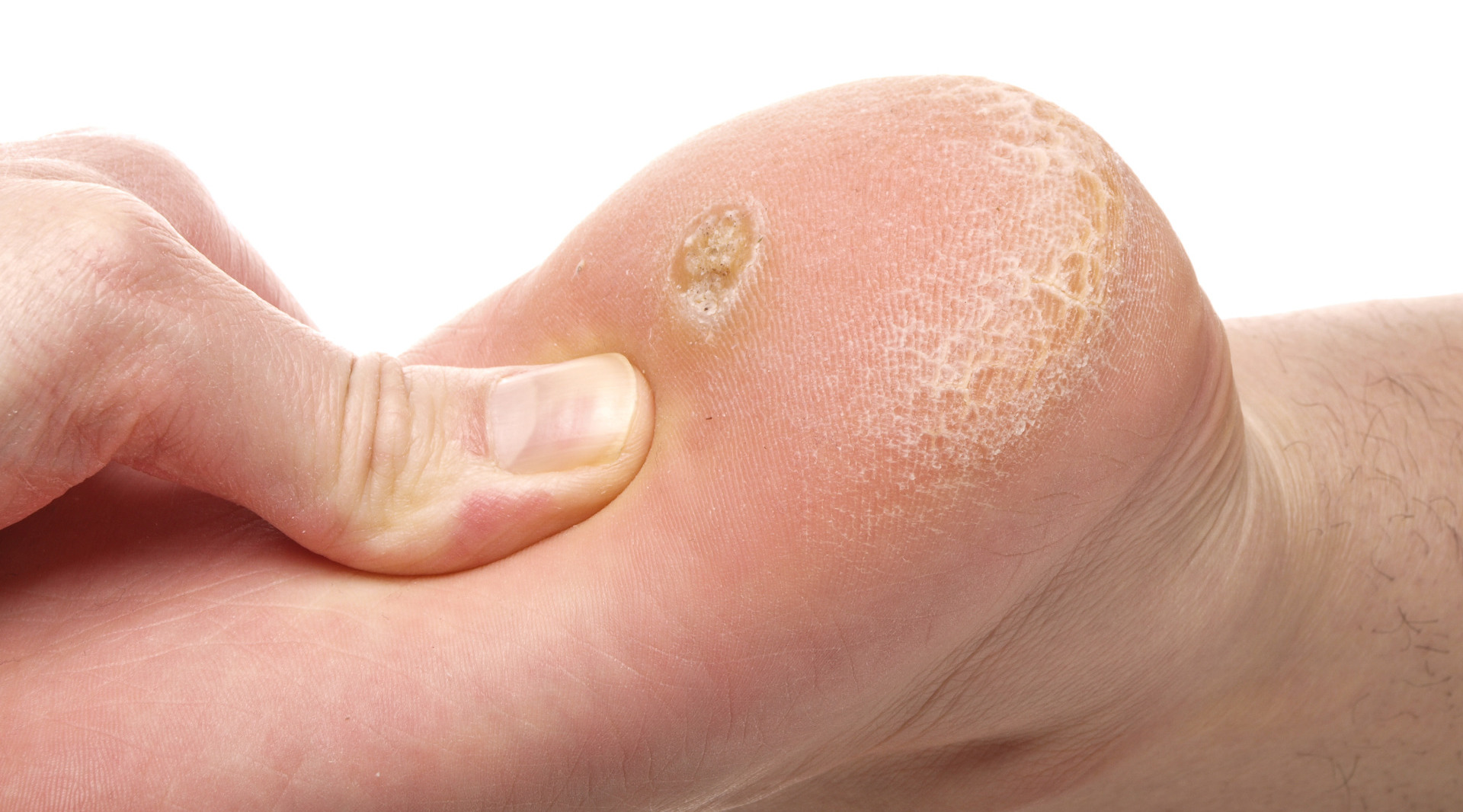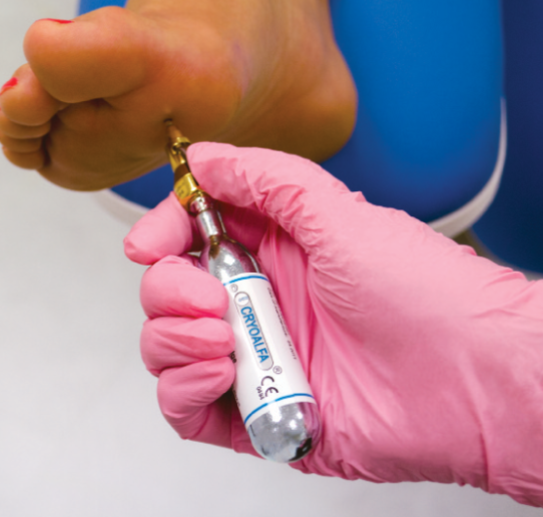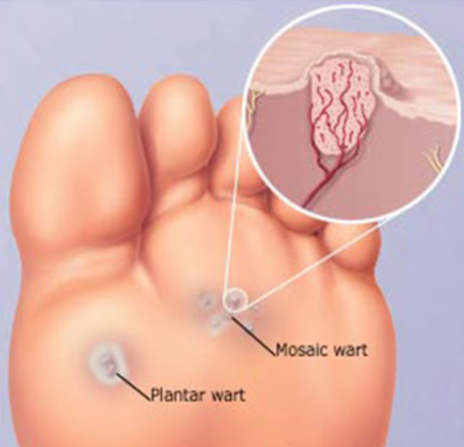Ain't nobody got time for weekly verrucae treatments!!!
Posted on 24th May 2017 at 17:58
This week's blog talks about a relatively new treatment for verrucae which is great if you are busy because it's a one-off treatment with reviews roughly every two months.
It's called needling and, yes, it could do with a less scary name but it is what it is!!
Needling was first carried out in America in 1969 and success rates of 70 – 90% after a single treatment are common.
One verrucae will be selected to treat and the surrounding area anaesthetised.









